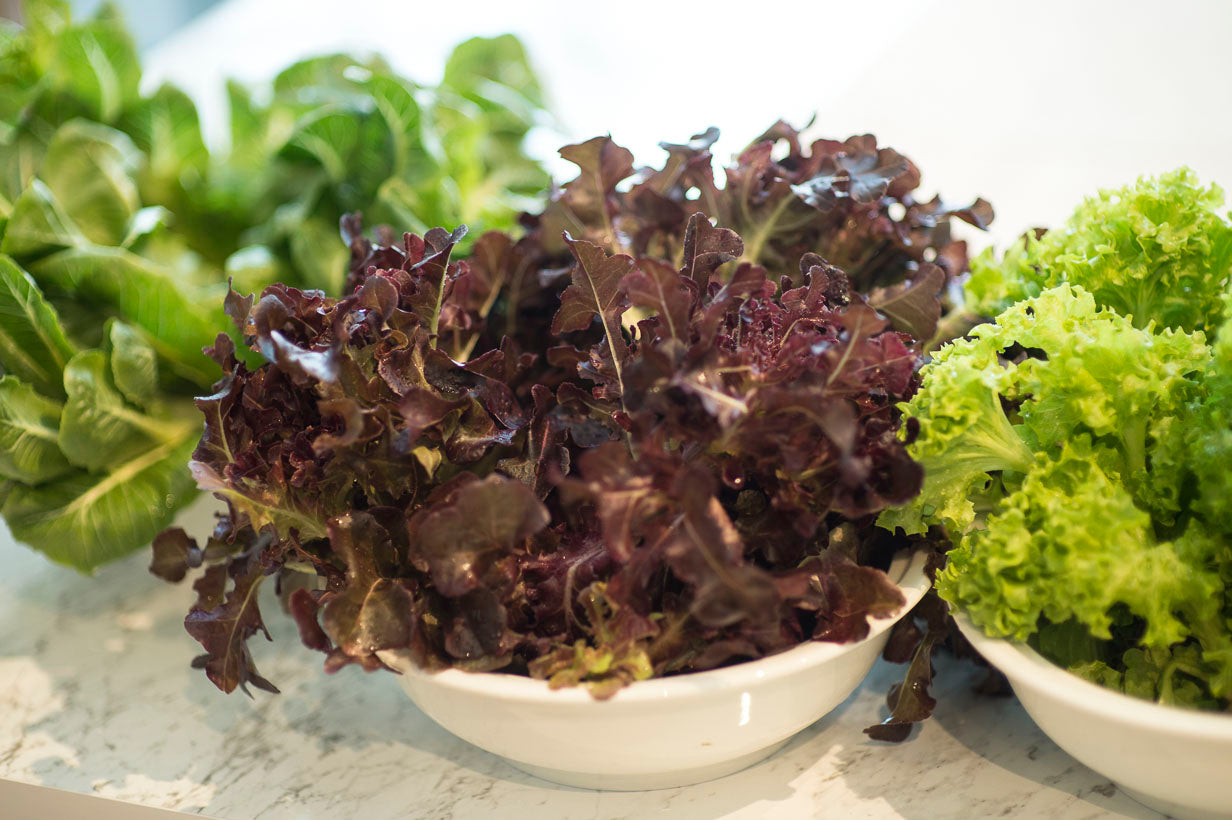Frequently Asked Questions
This FAQ section is designed to answer some of the most commonly-asked questions.
About the Company
What is V-Plus Agritech and what do you do?
V-Plus Agritech is a Singapore-based company established in 2021. We pioneer smart and sustainable farming solutions with a focus on urban agriculture. We offer a multidisciplinary approach that integrates traditional agricultural practices with innovative technologies to create circular, resource-efficient farming systems.
What does "circular" mean in the context of urban farming?
Circular farming aims to minimize waste and maximize resource use. In our systems, for example, wastewater from fish tanks in aquaponics can be used to nourish plants, reducing the need for external fertilizers and water.
What kind of urban farming systems do you offer?
We specialize in vertical aquaponics systems. Aquaponics combines aquaculture (raising fish) with hydroponics (growing plants without soil) in a closed-loop system. Our vertical systems maximize space utilization and are ideal for urban environments. We also offer hydroponics systems for clients who prefer not to deal with fishes.
Do you offer complete solutions or just components?
V-Plus Agritech offers a comprehensive approach. We can provide everything you need, from professional consultation and system design to implementation, farm management, and educational resources.
Aquaponics
What is Aquaponics?
Aquaponics is a sustainable farming system that combines aquaculture (fish farming) and hydroponics (water-based planting). It uses fish waste to provide nutrients for plants, creating a symbiotic relationship between them.
How does aquaponics work?
Aquaponics is a closed-loop system where fish are raised in a tank. Their waste, rich in nutrients, is filtered and circulated to nourish plants grown hydroponically in water beds. The plants take up these nutrients, naturally purifying the water, which is then recirculated back to the fish tank. This symbiotic relationship creates a sustainable and efficient ecosystem where fish and plants thrive together, requiring minimal external inputs.
What are the benefits of aquaponics?
Aquaponics conserves water, reduces the need for chemical fertilizers, and provides both fish and crops for harvest. It's an eco-friendly and efficient method of farming.
How is aquaponics different from hydroponics?
Aquaponics is a sustainable system that combines aquaculture (fish farming) and hydroponics (soil-less plant cultivation), where fish waste provides nutrients for plants, and plants purify the water for the fish. Hydroponics is a method of growing plants in nutrient-rich water without soil, relying solely on nutrient solutions. While both methods optimize resource use, aquaponics integrates fish and plant cultivation, fostering a symbiotic ecosystem.
Can aquaponics be done indoors or outdoors?
Aquaponics can be done in both indoor and outdoor settings. Indoors, you'll need proper lighting, while outdoors, you'll need to consider temperature and weather conditions.
Which plants grow well in aquaponics systems?
Leafy greens like lettuce, herbs, tomatoes thrive well in aquaponics. We generally separate leafy vegetables from the fruiting ones as their grow requirements are different. Choose plants with shallow root systems that can absorb nutrients effectively.
What types of fish are suitable for aquaponics?
We use red tilapia and jade perch as they are more suited in our tropical climate. Other common fishes include trout and catfish.
How much time and effort does it take to maintain an aquaponics system?
Is aquaponics sustainable and environmentally friendly?
Aquaponics is praised for its sustainability and eco-friendliness. By combining fish farming with hydroponic plant cultivation, it conserves water, maximizes resource efficiency, and reduces environmental impact. Its space-efficient design allows for year-round production, making it a promising solution for sustainable agriculture.
Getting Started with Urban Farming
Is urban farming right for me?
Urban farming is a great option for individuals and communities who want to grow their own fresh food locally and sustainably. It's also suitable for those interested in innovative and space-saving agricultural methods.
What are the benefits of using V-Plus Agritech's urban farming systems?
Our systems offer several advantages, including:
- Increased yield in a smaller footprint
- Reduced water usage compared to traditional farming
- Minimized waste and environmental impact
- Year-round, controlled-environment production
- Production of fresh vegetables locally, without the nasties
What can I grow?
Our systems can grow all sorts of leafy greens (e.g bak choy, baby bak choy, mizuna, komatsuna, tatsoi, coral lettuces, kale), herbs (lemon basil, mint, Thai basil) & fruiting vegetables (chilis, cherry tomatoes, cucumbers, peppers etc). Generally, anything that’s native to the climate (tropical for SE Asia), does not grow on trees (oranges, apples etc.) or under the ground (e.g. potatoes, carrots).
Do I need any prior experience with farming to use your systems?
Our systems are designed to be user-friendly, even for beginners. We also provide ongoing support and educational resources to help you get started and ensure your farming success.
How much should I budget for an urban farm?
Costs can range from as little as $5k for a 1 sqm footprint aquaponics kit, to $20-50k for a 150-300 sqft urban farm, to $70k- above $100k for urban farms of 1000 sqft and above.
Why is the range so wide? Apart from size, factors that influences cost are:
- Vertical vs horizontal systems. Vertical is more expensive in absolute terms. But lower cost per plant. If yield is important to your objectives, go vertical.
- Aquaponics vs hydroponics systems. Aquaponics systems costs about 10-30% more than hydroponics. But it is circular, natural & does not require regular replenishment of hydroponic nutrient solutions. But if you are uncomfortable with fishes, go for hydroponics.
- Solar PVs or Agrivoltaics panels. Agrivoltaic panels are about 30% more expensive than conventional PVs. But they allow dual land use and reduce environmental impact. Grid-connected & fully off-grid systems are generally more expensive due to the need for Licensed Electrical Worker (LEW) certification and Battery Energy Storage System (BESS) respectively.
- Artificial lighting. LEDs are expensive & energy consuming. Use only when absolutely necessary (e.g. poor natural lighting due to blockage by buildings)
- Compliance Costs. Compliance certifications and assurance for safety standards (e.g. PE, safety, fire safety) can be costly. This may be required in some contexts. In some cases, compliance costs can easily be 1/3 to 1/2 the cost of the urban farm itself.
- Customised Requirement. (e.g. aquaculture tank designed like a landscaped pond in the ground; aesthetic greenhouse with agrivoltaic panels)
How do I identify a site that is suitable for urban farming?
Unblocked natural lighting for the most part of the day is preferred (if not, we may recommend supplementary LED grow lights), flat ground, close to water and electrical sources (or able to install with minor works). For aquaponics, we’ll need to check if the floor loading can take the weight of the aquaculture tanks. Consult us for a site visit for better assessment of the space.
How do I find out more?
For further inquiries, please don't hesitate to contact us via email at hello@vplus.farm

